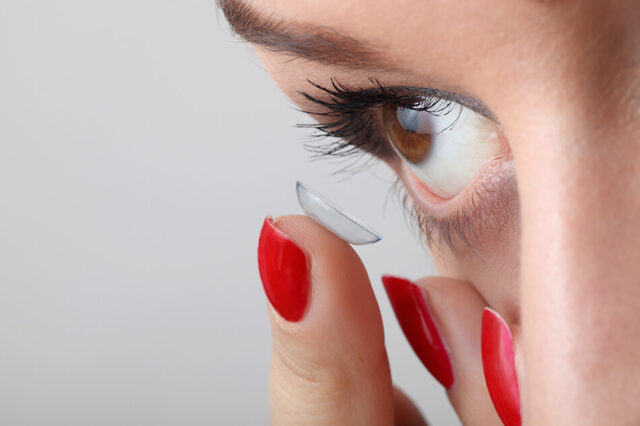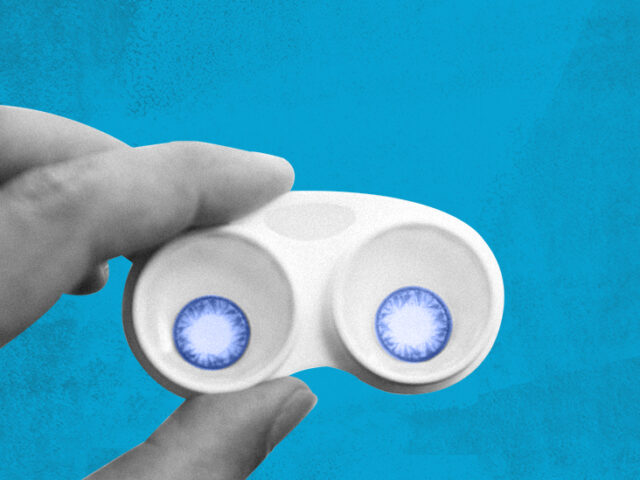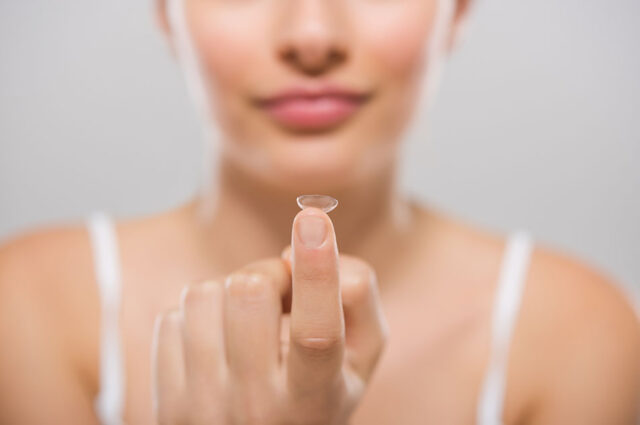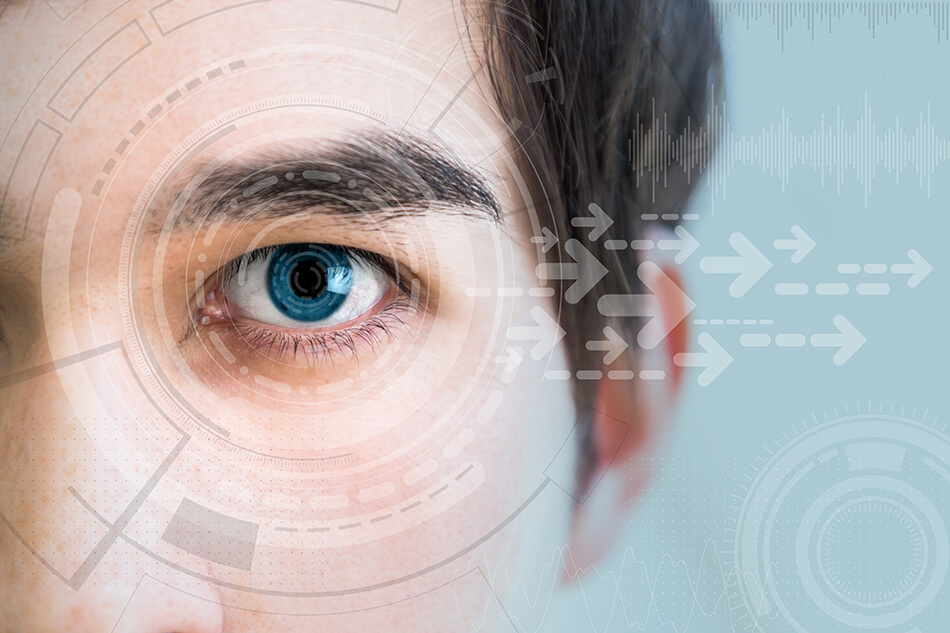Are you interested in what contact lenses are, what types are available for usage, and how to be sure that you have chosen the right one for you? In the text that follows, you will learn more about what types of contact lenses exist, how to take care of them, whether they are a better choice than glasses and why, and whether contact lenses can cause certain health problems.
It is very important that we take care of our eyesight for a simple reason, because we mostly rely on it, as it is our most dominant sense. It is precisely for this reason that we need to regularly check it and, if necessary, use aids such as contact lenses that will help us improve it.
There are numerous interventions that can be done to reduce the need for vision correction, so we have prescription glasses, eye drops, and finally, contact lenses, which in the last few years are more popular than ever. If you are thinking about whether to use dioptric glasses or lenses, we will do our best to answer all the questions you may have regarding these, and in this way, we may help you make a final decision. Let’s start with the basics…
What are contact lenses?
Contact lenses are thin, rounded lenses placed on a tear film that covers the surface of your eye. The lenses themselves are naturally transparent, but often have a barely noticeable tint just to make them easier to handle. Nowadays, there are hard and soft contact lenses, but the latter is mostly worn, and not too much time has passed since contact lenses were made using the glass-blowing technique.

There are four types you should know about.
1. Soft Lenses
These are easy to maintain, easily available, and affordable. They are designed for those with less severe visual impairment and those who do not use soft lenses regularly. Thanks to the amount of oxygen they let in and the soft edges, they are more comfortable to wear than hard lenses. The difference between hard and soft lenses is that the eye does not need adaptation time with soft lenses. As long as you follow the instructions, these reduce the risk of infection and fit your own routines and needs. However, their lifespan is limited and varies from one day to one year, depending on the type.
2. Rigid Gas Permeable
Everyone who has a refractive anomaly of any type is a suitable candidate for wearing gas-permeable ones. Those who have astigmatism will achieve the best visual acuity with gas-permeable contacts.
3. Extended Wear
These are made of material with very high oxygen permeability – silicone hydrogel. This material adapts very well to the cornea and allows it to “breathe”, which is why contact lens users can wear the lenses even while sleeping.
4. Disposable (Replacement Schedule)

No need to write too much about these, as their name says enough about their purpose. The term disposable in this case means that these are not to be worn after one usage. Depending on their manufacturer some can be worn for a number of days, after which they should be thrown away.
A brief history of contact lenses
Although most of us think of them as a modern addition to the eye care trajectory, they actually have a long tradition dating back to Leonardo da Vinci and Rene Descartes. However, it was not until the end of the 19th century that a German glassblower made a see-through lens that was reasonably tolerant of wear, and a German ophthalmologist was the first to invent the first lens that could be worn for several hours at a time.
They should be worn with responsibility
Experts say the safest ones to wear are those that are changed every day. In any case, before deciding on the type, it is important to consult with a professional.
You wear them every day as long as your doctor advises you to do so.
Never put in someone else’s, especially if they have been worn before.
Do not sleep with them
Do not touch other surfaces with the top of the bottle containing the maintenance and disinfection agent.

When you are in the sun and you are wearing them, wear protective glasses or a wide-brimmed hat.
If you happen to put the lens upside down, you won’t damage your eye, but before you put them on your eye, you should lay them on your palm so that they form a natural shape.
If it becomes irritated, remove the lens immediately, and do not use it until you consult your doctor. If you continue to wear lenses after the irritation occurs, there is a chance of infection.
Do not swim with them. If you decide to swim with lenses, be sure to wear glasses, but then there will be a chance of getting a serious eye infection.
Can they cause certain health problems?
They undoubtedly make life easier because you no longer have to worry about your glasses, whether they will get scratched or if you forget them somewhere. If you notice even the slightest problem or discomfort in the eye, the first thing you need to do is to remove it.
Symptoms that indicate something is wrong:
- Blurred vision
- Stinging, itching, pain
- Eye discharge
- Sensitivity to light
- Watery eyes more than usual
- Redness

Just some of the problems that can be caused by these are eye infection, and hypoxia – a condition during which the cornea receives less oxygen from the air than it should due to the lens, conjunctivitis, and dry eye.
It is very important that you get those that fit you perfectly in terms of shape and size. Sometimes it happens that you have to try several different ones in order to choose the best one for you.
In any case, before making the final selection, consult with an ophthalmologist, but also with experts in optics.







